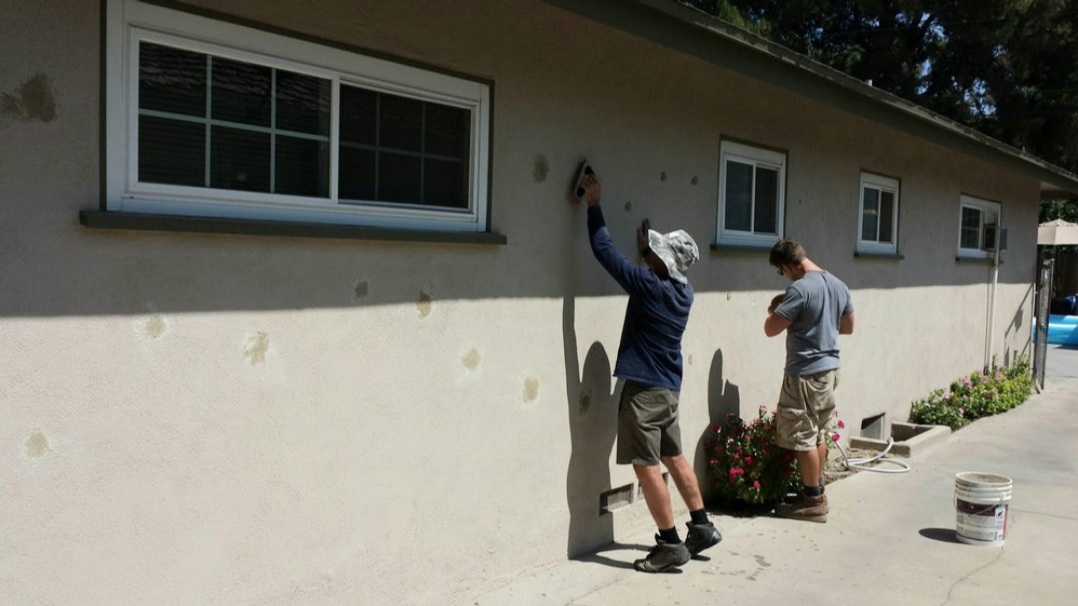Key Takeaways
- Insulating walls prevents heat loss and saves on energy costs.
- Blown-in wall insulation is the best option for exterior walls, retrofit, and older homes.
- Fiberglass wall insulation is durable, cost-effective, and ideal for new construction.
- Wall insulation installation will improve comfort, value, and reduce noise.
- Professional guidance will guarantee the best outcome and savings.
Undoubtedly, wall insulation is the hidden secret to comfort, savings, and low bills. However, many homes are missing it.
Did you know? The U.S. Department of Energy reports that homes and commercial buildings consume 40% of the energy used in the United States. That means you could be paying a whole lot more for energy every single month without even knowing it.
If your home feels drafty, your walls could be part of the problem. Let’s dig into the signs of missing insulation and how blown-in insulation and fiberglass insulation can make a difference for your comfort and savings.
Why Proper Wall Insulation Matters
Without insulation, walls perform as if they are open doors. Heat escapes during the winter, and hot air penetrates your home when it’s warm outside. Because walls do not keep heat in or hot air out, this results in high bills and rooms that are uncomfortable to be in at any time of year.
When wall insulation installation is done correctly, your walls and ceilings can build a thick thermal barrier, meaning that conditioned air (air that has been heated or cooled) cannot escape in winter, or cannot get into the house in summer. Wall insulation can also reduce outside noise, help indoor air quality, etc.
Signs You May Lack Good Insulation
If you are unsure if your walls are insulated, look for these clear warning signs.
1. You have high Energy Bills every month
If your utilities for air conditioning or heating are always on the rise, your walls could be the culprit. If your home has poor insulation, your HVAC system will have to work harder.
2. Cold Walls in the Winter
If you touch your interior wall at any time in winter, and it feels cold, that’s a solid indication that you need improved insulation.
3. Uneven Room Temperatures
Do some of your rooms feel toasty, while others are cold? That is an indication that heat is escaping through your inadequately insulated walls.
4. You have drafty areas around outlets and switches
Do you notice a draft coming from your outlets? Air can escape through the smallest of gaps in an uninsulated wall.
5. You can hear outside Noise
Walls with no insulation are not nearly as effective when it comes to blocking out sounds. If you can hear your neighbours or traffic clearly, your walls are missing insulation.
Types of Insulation for Your Home
Deciding on the right insulation option is primarily based on the age of your home, the makeup of your walls, and your budget.
Blown-in Insulation
Blown-in wall insulation uses loose fibers or, more commonly, cellulose blown into wall cavities. It fills gaps well and is an excellent option for homes built before the 1960s. It takes a reasonable amount of time to install and only requires a few small drill holes.
Fiberglass Insulation
Fiberglass wall insulation is more prevalent in modern construction and is in batts or rolls, which is placed between wall studs. This type of insulation is more economical than cellulose, provides durability, and can resist moisture when appropriately installed.
How to Check if Your Walls Have Insulation
You don’t have to rely on a contractor to determine if your walls are insulated. Here are a few quick checks:
- Take off an outlet cover and have a look.
- Use an infrared camera and look for any hot or cold spots.
- Knock on the wall. Does it sound hollow? That could mean you are missing insulation.
If you have doubts, consider calling an expert for an inspection.
Benefits of Insulation Installation
When done correctly, a wall insulation installation provides more than energy savings.
- Lower Costs: Expect to save 30% on heating and cooling costs.
- Comfort: Rooms will maintain a consistent temperature year-round.
- Noise Reduction: Provide a quieter indoor space with less outdoor disturbance.
- Environmental Benefit: less energy means a smaller carbon footprint
- Market Value: Energy-efficient homes are valued by buyers.
An insignificant investment today can produce comfort and savings for years to come.
Emotional Trigger:
Imagine yourself sitting in your living room in the winter, and the heater runs continuously and yet you still use blankets. Then, the power bill comes, and it’s a lot higher.
Now, imagine your home with upgraded insulation. Warm rooms, quiet inside, and lower bills. Can you see the difference insulation can make?
Don’t wait for another bill. Do something before another season comes.
Ways to Successfully Insulate Your Wall
Thinking about doing an upgrade? Here’s how to prepare before starting;
- Choose the right type: Based on whether you’re going to use fiberglass insulation or blown-in insulation, this depends on your home.
- Hire a Professional: A licensed contractor can make sure that the wall is properly insulated.
- Seal Gaps First: Seal off any window, door, and electrical outlet leaks first.
- Schedule your installation: Generally, the early spring and fall are ideal times for an installation.
- Inquire about energy rebates: Many states often have energy rebates for insulation upgrades.
Take Control of Your Comfort and Savings Today!
In winter, your home should feel warm, and in summer, it should feel cool, and it shouldn’t take a toll on your budget. If you don’t have insulated walls, you are throwing away your money, your comfort, and your peace of mind each and every day.
Now is the time to do something about it. You can take advantage of proper wall insulation installation, lower energy bills, a quieter house, and a healthier environment for you and your family.
Don’t let another season go by without making a change. Rely on professionals such as My Insulation Guy to help you make the best choice for your house. Visit our website or contact us to get started and take the first step towards comfort and savings today.
FAQs
- How do I know if my walls need insulation?
If your walls are cold, your bills are high, there are drafts, and there is noise. Getting an inspection completed will provide a good understanding of insulation levels.
- Which is better, blown-in or fiberglass insulation?
Blown-in wall insulation works best for existing homes. Fiberglass is best for new construction for wall insulation.
- How long does wall insulation last?
Most insulation will last 20-30 years if it is done correctly, although fiberglass insulation lasts longer.
- Can I install wall insulation myself?
Yes! DIY is possible, but having a professional complete the wall insulation installation is a guarantee that it will be safe and installed correctly and efficiently.
- Does insulation add value to my house?
Yes. Energy-efficient homes appeal to buyers, sell faster, and typically sell for better prices.

